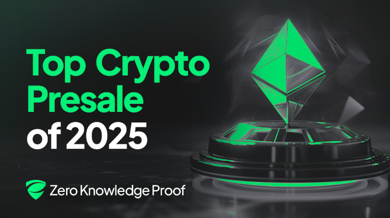
Programmable tokens have the ability to represent a wide variety of assets, including stocks, bonds, art, and intellectual property. Similar to how a website can be customized to hold different types of information, programmable containers can be tailored to store value in various forms. This versatility makes them a powerful tool for digital asset management.
One of the key benefits of programmable tokens is their accessibility. Anyone with an internet connection can access these tokens, regardless of their location. This global reach opens up new opportunities for individuals and businesses to participate in digital asset markets on a global scale.
Additionally, programmable tokens have the potential to disrupt traditional financial systems by eliminating the need for intermediaries. Through the use of embedded technologies such as smart contracts, functions that were previously handled by brokers, exchanges, and transfer agents can now be automated. This automation not only reduces friction in transactions but also lowers fees, making digital asset management more cost-effective.
Overall, programmable tokens offer a new way to store, transfer, and manage assets in a digital environment. By leveraging blockchain technology and smart contracts, these tokens provide a secure and efficient means of exchanging value on a global scale.







